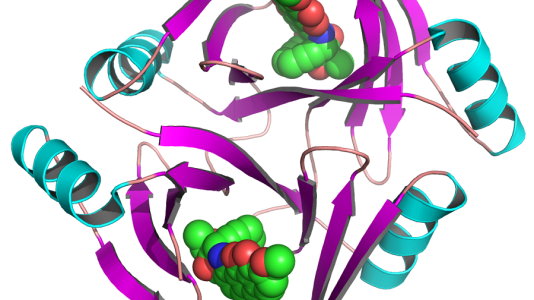Argonne maintains a wide-ranging science and technology portfolio that seeks to address complex challenges in interdisciplinary and innovative ways. Below is a list of all articles, highlights, profiles, projects, and organizations related specifically to structural biology.
